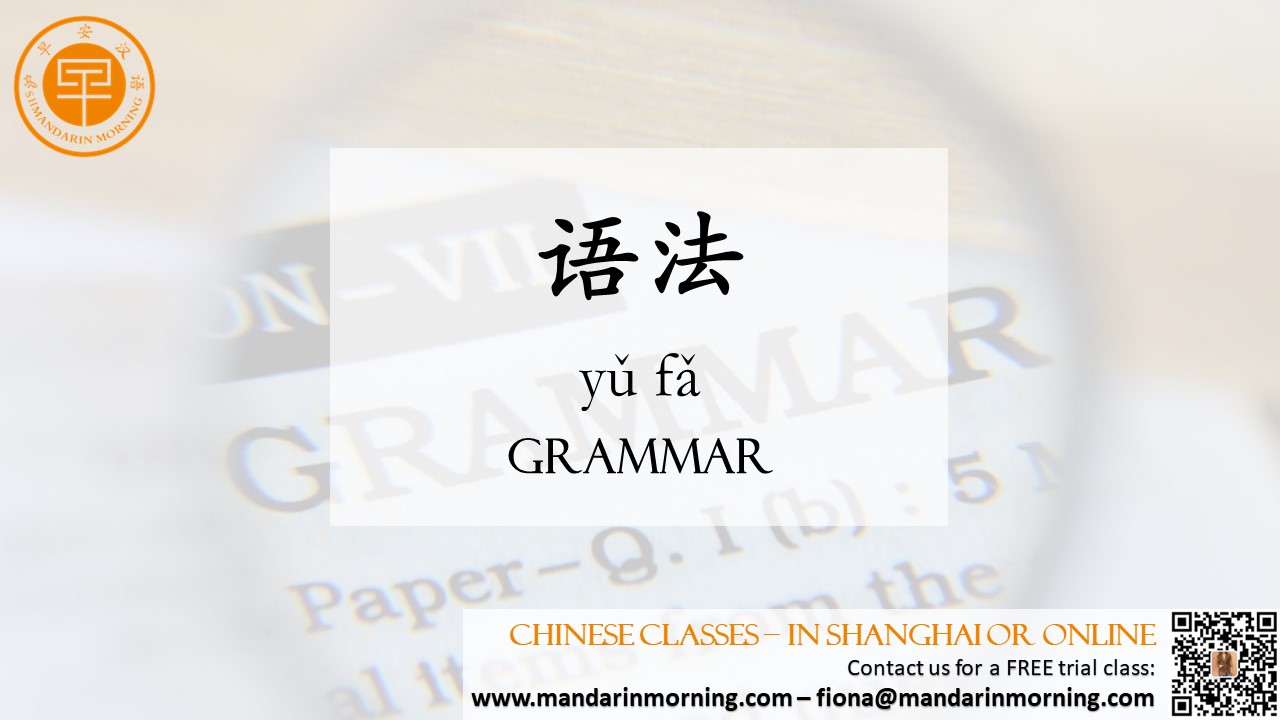| Mastering a few basic Chinese sentence patterns elevates your communication to complete sentences. In this article, we’re covering 5 essential structures that are the backbone of the Chinese language. Armed with these, you’ll be able to express yourself more clearly and confidently. Let’s dive in and lay the foundation for your journey in Chinese!  Subject + Verb + Object (SVO) This foundational structure, SVO, is prevalent across many languages. The sentence starts with a subject, which could be a pronoun like 我 (wǒ) for “I,” or a name such as 安娜 (ānnà) for “Anna.” Following the subject is a verb, such as 爱 (ài) for “to love,” 喜欢 (xǐhuān) for “to like,” or 吃 (chī) for “to eat.” The sentence ends with an object. Objects can be tangible, like books, cups or pronouns like “me” or “you.” Here are examples employing the SVO structure: I love you: 我爱你 (wǒ ài nǐ) Anna eats meat: 安娜吃肉 (ānnà chī ròu) Chinese verbs don’t change form based on the subject. In other words, Chinese does not have any verb conjugations. Subject + 是 + Noun In Chinese, 是 (shì) plays a pivotal role, functioning similarly to “am,” “are,” or “is” in English. It connects the subject with a noun to express identity or possession. Let’s look at how this structure works: I’m a student: 我是学生 (wǒ shì xuéshēng) He’s American: 他是美国人 (tā shì měiguórén) Today is Wednesday: 今天是星期三 (jīntiān shì xīngqīsān) The form of 是 remains constant, regardless of the subject. Importantly, 是 is used to link subjects with nouns, not adjectives. Want to learn more? Read Part 2 of our article! |